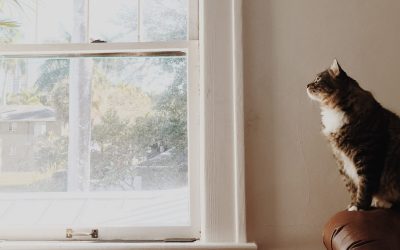Energy efficiency makes sense. Investing a little bit of effort into running your building more efficiently will save you money and reduce your impact on the environment – talk about a double bottom line. There are simple acts that everyone knows contribute to energy efficiency, like turning off lights in unused spaces, using more efficient bulbs, and adjusting room temperatures. However, there are other ways to reduce carbon emissions and save money; here are 5 ideas you may not have heard of:
01 Laptops > Desktops
The Environmental Protection Agency states that laptops use up to 80% less energy than standard desktop computers. If your building is in need of a systems upgrade, consider switching over to laptops to save big on energy.
02 Building Controls
For buildings that don’t track or monitor their energy systems, a fantastic upgrade is to install an HVAC systems log. Logging HVAC data will tell you valuable information about the efficiency of your system, such as whether or not the system turns on at night when there is no sense in heating/cooling the building.
03 Reduce Solar Heat Load
Commercial and residential air-conditioning systems are responsible for approximately 117 million metric tons of carbon dioxide emissions every year. Globally, the number of air-conditioned buildings is steadily increasing, so this is an important issue.
Per square foot, cooling a building is generally much more energy consuming than heating it. From an efficiency standpoint, it makes sense to block as much heat as possible from entering the building in the first place.
Modern window film can be applied to any existing windows. These high-performance films substantially reduce solar heat gain, therefore lowering the load on your air-conditioner. Added bonuses of window film include increased comfort for building occupants, and reduced glare.
If you have questions about how this works we would love to chat with you about it. Just give us a shout.
04 Revolving Doors
Revolving doors were designed to keep cold air out during frigid winter conditions, and warm air our during hot summers. The facilities team at MIT estimated that the university would save $7500 on heating/cooling costs per year for each building to which they added revolving doors.
05 Plant Trees
This tip isn’t just for tree-huggers. Strategically planted trees can save up to 30% of a building’s cooling costs by providing shade while it’s hot. Trees will also buffer cold winds from building’s exterior during the winter. This natural solution is truly a “green initiative”.
AC systems are responsible for approximately 117 million metric tons of carbon dioxide emissions every year, and countless wasted dollars associated with this energy. Being on the right side of change means finding creative solutions to increase your building’s efficiency.



